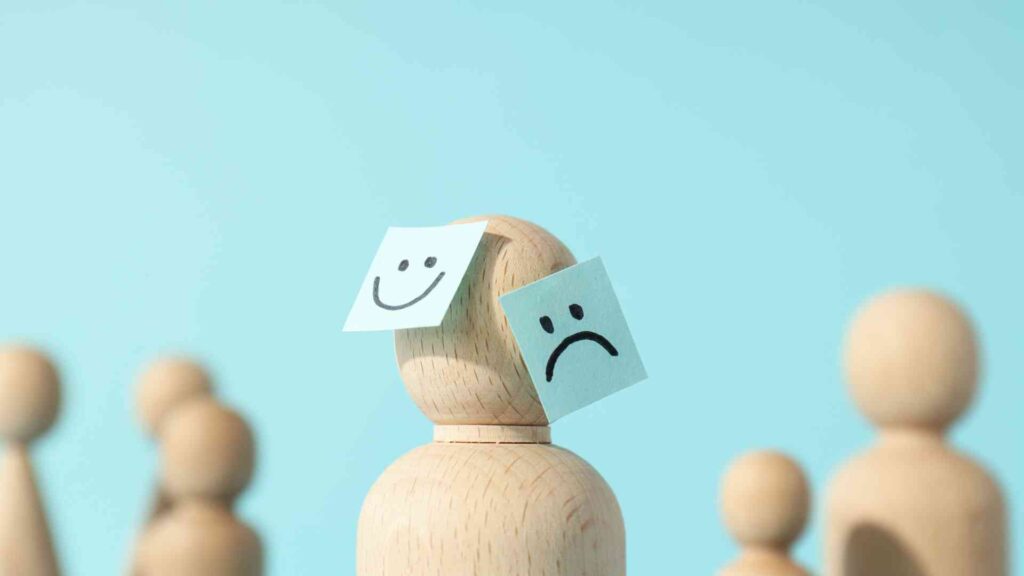Discover comprehensive information for all aspects of sexual health and find resources and guidance to empower your sexual well-being.
Feeling nervous about sexual performance, known as Sexual Performance Anxiety (SPA), is pretty common. But…
Discover comprehensive information for all aspects of sexual health and find resources and guidance to empower your sexual well-being.
Feeling nervous about sexual performance, known as Sexual Performance Anxiety (SPA), is pretty common. But…
The pelvic floor muscles are the unsung heroes of our body’s core, providing support to…
Erectile dysfunction (ED) is a condition that many men face at some point in their…
Achieving and maintaining a strong penile erection is a common concern for many men. It…
Painful erections never indicate normalcy, and sometimes signal a medical emergency. Severe pain may necessitate…
Erectile dysfunction (ED) is a condition that affects many men worldwide, leading to significant stress,…
Commitment issues can often manifest in romantic relationships, work, and other personal or professional spheres.…
Depression (also known as, major depressive disorder, or clinical depression) is a complex and often misunderstood mental health condition that affects millions of people worldwide.
Table of Contents
ToggleDepression is a serious mood disorder characterized by persistent feelings of sadness, hopelessness, and a lack of interest or pleasure in activities once enjoyed.
It is not simply feeling down or experiencing temporary sadness; rather, it significantly impacts a person’s daily functioning and quality of life.

Recognizing the symptoms is crucial for early intervention and treatment.
Common symptoms include:
Depression manifests in various forms, each with its own unique characteristics and presentation. Understanding the different types can help individuals and their loved ones recognize and address specific challenges associated with each subtype.
Here are some common types:
MDD is the most common form of depression. It involves persistent feelings of sadness, hopelessness, and a loss of interest or pleasure in activities once enjoyed.
Symptoms are severe enough to interfere with daily functioning and may last for weeks or even months if left untreated.
Formerly known as dysthymia, PDD is a chronic form of depression characterized by milder but long-lasting symptoms that persist for at least two years. Individuals with PDD may experience fluctuations in mood but generally maintain a low level of depressive symptoms over an extended period.
Related: All About Persistent Depressive Disorder (Dysthymia)

Bipolar disorder is characterized by alternating periods of depression and mania or hypomania. During depressive episodes, individuals may experience symptoms similar to those of MDD, while manic or hypomanic episodes involve elevated mood, increased energy, and impulsive behavior.
SAD is a subtype of depression that occurs seasonally, typically during the fall and winter months when there is less natural sunlight. Symptoms may include fatigue, increased sleep, weight gain, and a craving for carbohydrates. Light therapy and lifestyle modifications are often effective in managing SAD symptoms.
Related: Why depression increases in winter?
Psychotic depression is characterized by severe depressive symptoms accompanied by psychotic features, such as hallucinations (seeing or hearing things that aren’t real) or delusions (false beliefs). Individuals may experience a break from reality and require specialized treatment, including antipsychotic medications.
PPD occurs in some women after childbirth and is characterized by feelings of sadness, anxiety, and exhaustion that interfere with daily functioning. Hormonal changes, sleep deprivation, and the stress of caring for a newborn can contribute to the development of PPD. Support from healthcare providers, therapy, and medication can help manage symptoms.
Related: Postpartum Depression: All You Need To Know

PMDD is a severe form of premenstrual syndrome (PMS) characterized by intense mood swings, irritability, and depressive symptoms in the days leading up to menstruation. Hormonal fluctuations during the menstrual cycle are believed to contribute to the development of PMDD.
The exact causes are multifaceted and can vary from person to person.
Some contributing factors may include:
Related: What Causes Low Self-Esteem?
Diagnosis involves a comprehensive evaluation by a qualified healthcare professional, such as a psychiatrist or psychologist. This typically includes:

Fortunately, depression is a highly treatable condition, and several effective treatment options are available:
Related: Does the Mediterranean Diet Help with Depression?
Depression is a serious mental health condition that can have a profound impact on an individual’s life. By understanding the meaning, symptoms, causes, diagnosis, and treatment, individuals can take proactive steps to seek help and improve their overall well-being.
If you or someone you know is struggling with depression, don’t hesitate to reach out to a healthcare professional for support and guidance. Remember, help is available, and recovery is possible.
References
Dr. Nishtha, a medical doctor holding both an MBBS and an MD in Biochemistry, possesses a profound passion for nutrition and wellness. Her personal journey, marked by significant struggles with physical and mental health, has endowed her with a unique empathy and insight into the challenges countless individuals face. Driven by her own experiences, she leverages her background to offer practical, evidence-backed guidance, empowering others on their paths to achieving holistic well-being. Dr. Nishtha truly believes in the interconnectedness of the mind and body. She emphasizes the significance of understanding this connection as a crucial stride toward attaining balance and happiness in life.

